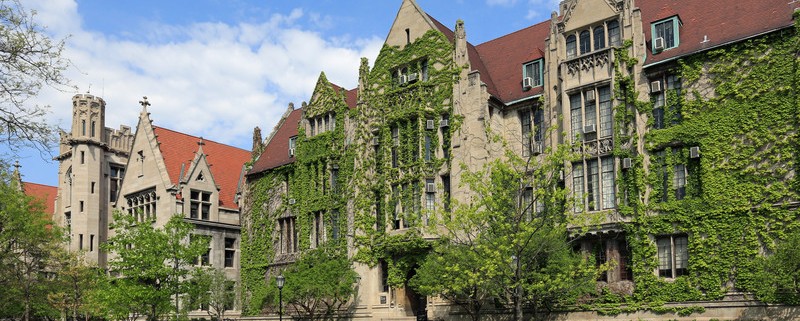Contrary to popular opinion, medical school admissions is not just a “thumbs up” or “thumbs down” decision-making process. Since there are so many qualified applicants and so few spaces, who ends up getting in?
A Peek Into Medical School Admissions
The process works differently at each school and program, but certain things remain roughly the same. A group will make an initial review of the applications, making a first cut to separate possible acceptances from clear rejections. At this stage, there are several reasons for rejection. The application might not be complete, the grades or MCAT scores are way too low for the program’s standards, the personal essay does not explain mitigating circumstances elsewhere in the application, or the applicant seriously lacks preparation for the program.
The first cut will eliminate candidates who fall below the school’s standards for both GPA and MCAT scores. Those left for the secondary review are those who have demonstrated sufficient proof of their academic skill.
Once you’re through the primary review, the focus shifts from your intellectual abilities to your non-academic accomplishments. Now the program will ask you for letters of recommendation, a list of extracurricular activities, a second essay (or set of short answers), and any other requirements they may have.
Some med schools only send secondary applications to a fraction of the initial applicant pool, while others send them to anyone who meets the academic requirements. Because each school creates their own secondary application, you can figure out what’s important to that school by the questions it asks. For instance, if a school asks for significant information about extracurricular activities, you can be pretty sure that it will figure large in the screening process.
Once you’ve sent in the secondary application you may be invited in for an interview. This pretty much means that you’re acceptable to the school on paper. But beware—at all medical schools, if you have a poor interview, you’ll probably get rejected, while a great interview might ensure your acceptance. There are some schools, however, that only use interviews to further weed out candidates, and at these schools a good interview doesn’t carry much weight at all.
The Decisions
Admit
Congratulations, you’re in! But read the letter carefully. The committee may recommend, or in some cases require, that you complete some preparatory course work to ensure that your skills meet their standards.
Reject
At the top schools, there are far more qualified applicants than there are spaces in the class. Even though you were rejected, you can reapply at a later date. If you are intent on reapplying, the onus is on you to demonstrate that you’re a better candidate now than you were previously. This may involve improving your MCAT score, taking additional courses, gaining substantive new experience, or writing better essays.
Alternate List
Schools use the alternate list to manage class size. The good news is that you wouldn’t be on the list if you were not considered a strong candidate. The bad news is that there is no way to know with certainty whether you’ll be accepted. Be aware, though, that schools do tend to look kindly upon wait-listed candidates who reapply in a subsequent year.
If you’ve been wait-listed, try to sway your case. If someone offered you a recommendation that you didn’t accept, now would be the time to ask the person if the offer still stands. Sending extra material in gives the admissions committee more information that might swing the balance in your favor.
Early Decision
Some medical schools in the United States offer early decision programs (EDPs). For an EDP, you can file only one application to the one medical school you wish to attend. Most schools accept these special applications by August 1. Keep in mind, however, that you will be prohibited from applying to any other schools until that school has rendered a decision. If you’re accepted—most schools notify candidates by October 1—then you must attend.
Is Early Decision Right For You?
Early decision programs are appropriate only for very competitive applicants who have a strong preference for one particular school. These applicants benefit in that they save considerable money on applications, interviews, and travel. In addition, they know where they’re going to med school by October.
The Risk of Early Decision
If you apply through an EDP but are not accepted, you’ll be behind your peers in the application process. It’s not a decision to be taken lightly. Before you make a decision on an EDP, sit down with your pre-med advisor and decide if this option is appropriate for you.
Brought to you in partnership with Kaplan Test Prep. To see how you can save on MCAT test prep, view your member benefits with Kaplan Test Prep here.

